‘Blind’ Queen Honeybee Study Q&A With Charlie Vorisek
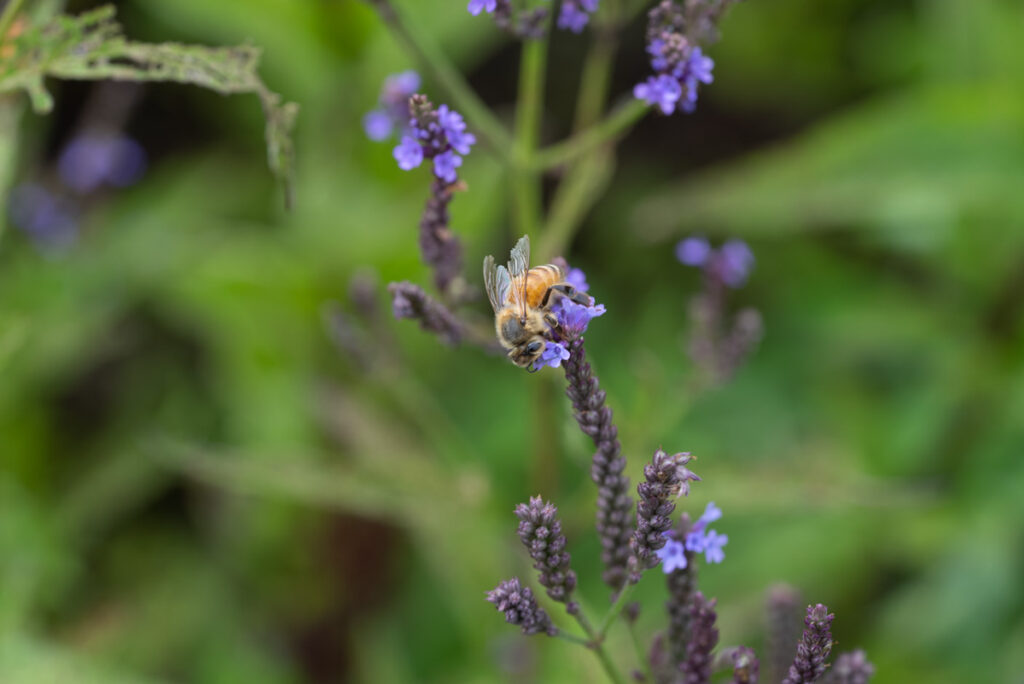
The PA Queen Project and the HHBBC, with support from Penn State University and Purdue University, collaborated on a study comparing colonies with varroa mite-resistant queens versus non-varroa mite-resistant queens from 2018 to 2019. The study enlisted 100 hobbyist beekeepers in the comparison study with the objective of helping change their behavior to promote varroa […]
Keep It Simple, Solar: Developing Native Vegetation at Solar Energy Sites to Improve Drainage, Soil Health and Biodiversity
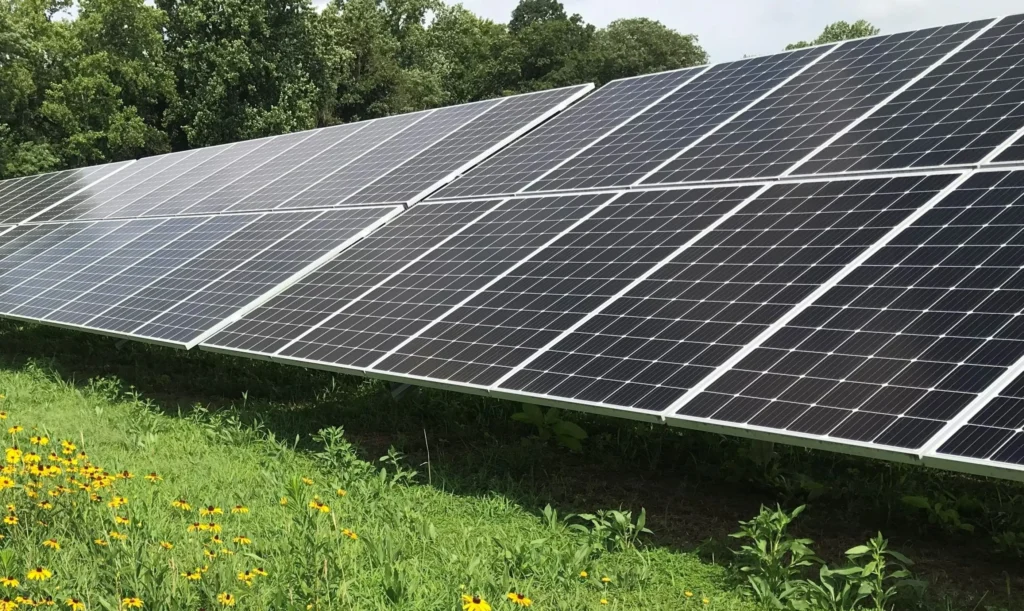
by Gregory Monahan As municipalities search for cheaper and cleaner alternatives to fossil fuels, the number of solar installations across the United States is ramping up. With the U.S. government expecting solar energy sites to cover an area about the size of Massachusetts by 2050, one important issue will continue to arise: what should energy companies […]
Creating Low-Impact, Pollinator-Friendly Solar Energy Sites with Native Seeds
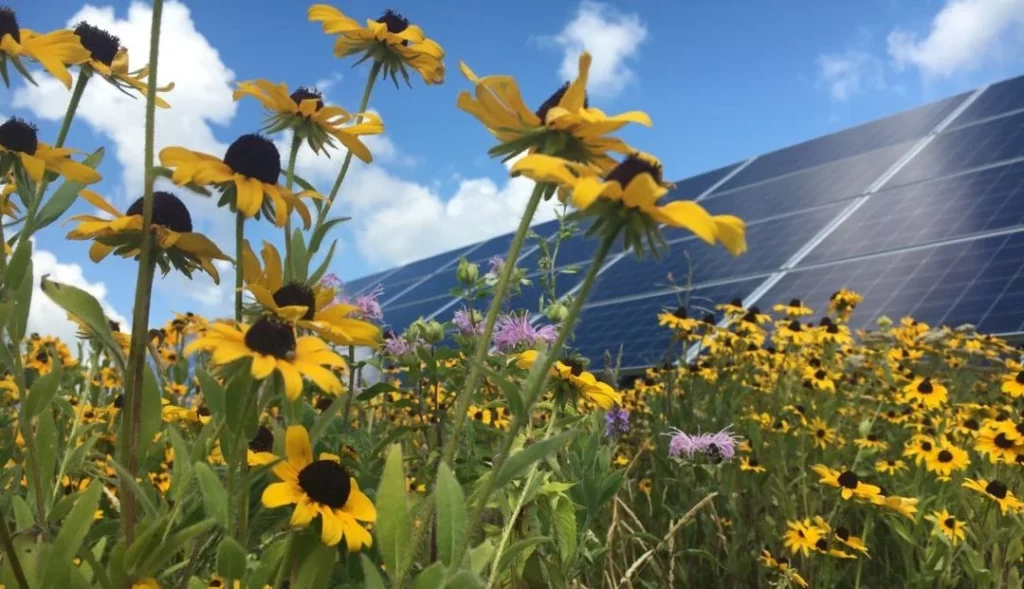
by Rachel Sohmer Solar farms can (and should) do more than produce clean energy. Creating pollinator habitat at solar energy sites means renewable energy in a sustainable landscape that benefits us all. As the sight of rows upon rows of solar panels sprawling across the landscape becomes increasingly more common, we have good reason to […]
Understanding the Nutritional Needs of Bees Can Help Drive Pollinator Conservation Toward Better Outcomes
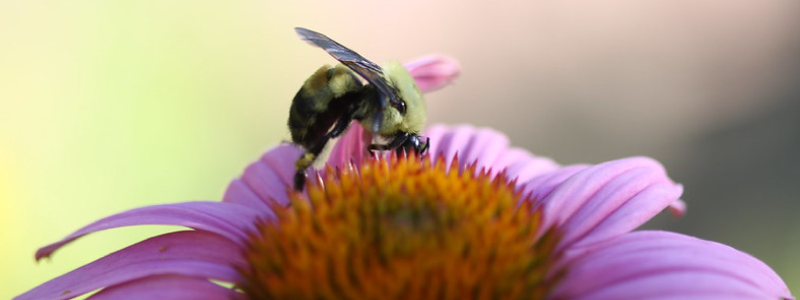
by Rachel Sohmer Given the current realities of pesticide use, habitat destruction, parasites and disease, climate change and air pollution among yet other stressors, there is no denying that conserving bees is a complex problem demanding complex solutions. Poor nutrition, linked to widespread declines in both the abundance and diversity of flowering plants, has profound […]
Vindicating the Goldenrod
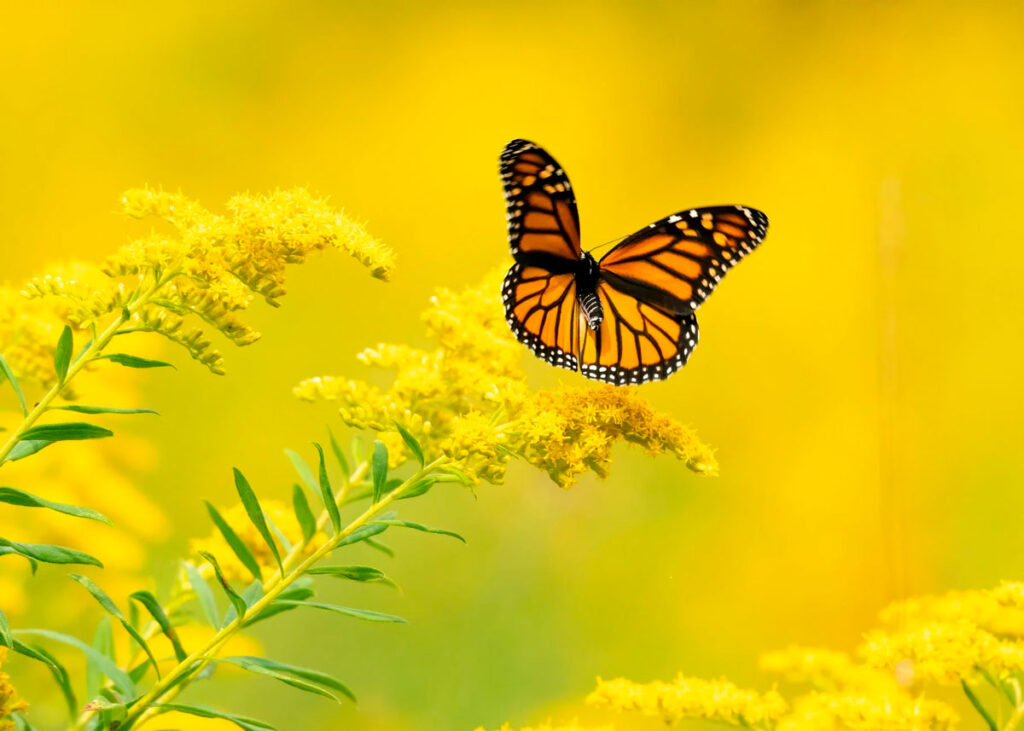
Allergy sufferers often curse the golden sea of blooms from goldenrods that appear in fallow fields, landscapes and along roadsides from July to November. Sadly, these complaints are based on an unfortunate case of mistaken identity. Both members of the aster family (Asteraceae), goldenrods (Solidago genus) are often errantly identified as allergenic ragweeds (Ambrosia genus). Though there […]
The 4 Key Quail and Pheasant Habitat Types You Need on Your Property

Pheasants and bobwhite quail have become iconic symbols of the American grassland and prairie restoration movement. For upland game bird hunters, they represent satisfying days afield with a loyal bird dog. The frenetic rush of cackling and wing beats on the flush. For others, these birds are indicators of healthy, biodiverse prairies and grasslands. Their […]
Creating Community and Economic Opportunity with Solar, Pollinator Meadows, and Craft Beer
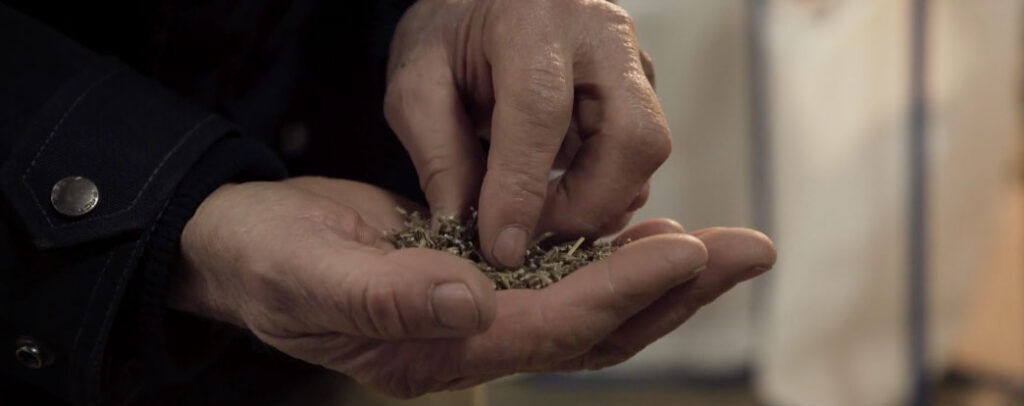
A post by Guest Contributor, Rob Davis Filmmaker Scott Mason returned to his hometown of Meadville, PA earlier this year and produced a beautiful video about how the national trend of pollinator-friendly solar is creating community and economic opportunity in Pennsylvania. Touring the Ernst Conservation Seeds farm last fall, and hearing from native and naturalized […]
Doing Business with Ernst Seeds During the COVID-19 Pandemic
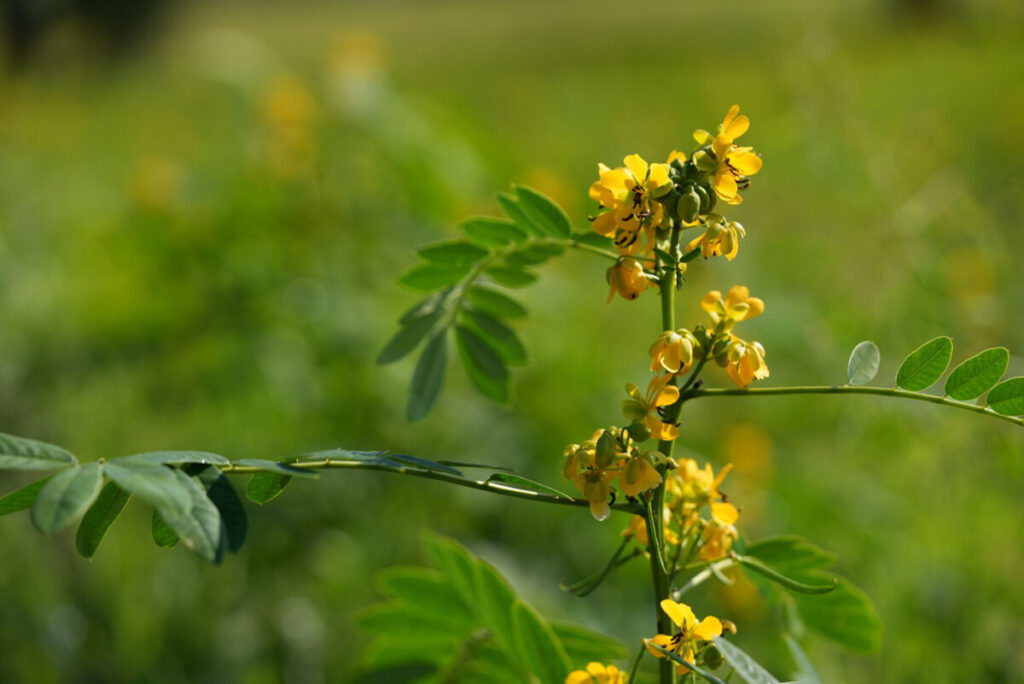
To our valued customers, vendors and community: First and foremost, we thank you for your continued business and want you to know we are open for business as of this writing. Customers should notice no substantial change in the way they do business with us. However, in order to mitigate the effects of COVID-19 on our workplace, […]
Switchgrass & Other Native Warm Season Grasses in Riparian Buffers

As with many practices aimed at solving a problem with ecological solutions, research is showing the ecological and agricultural benefits of a diverse approach to riparian buffer establishment – specifically one that includes the addition of native perennial grasses like switchgrass (Panicum virgatum) and forbs (flowering plants). These plants are known for their expansive and deep-reaching root […]
Beat the Buzzer for Frost Seeding
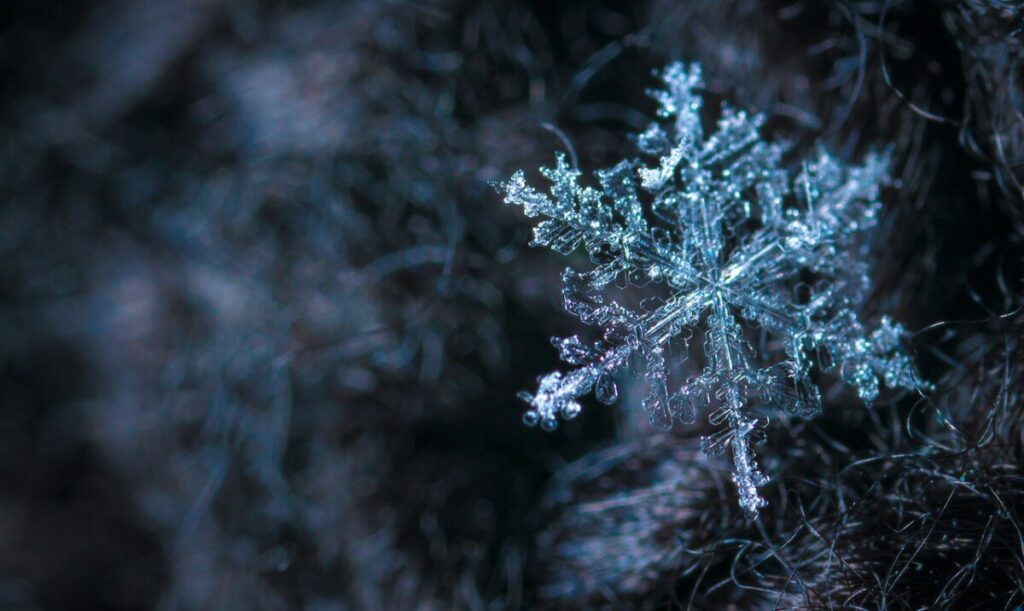
In the midst of all this March madness, a window of opportunity is closing for landowners to get a jump on early planting of native seeds by frost seeding. As the name implies, frost seeding relies on frost-producing temperatures. In the North, you likely still have a few opportunities, while those in the South might have […]
